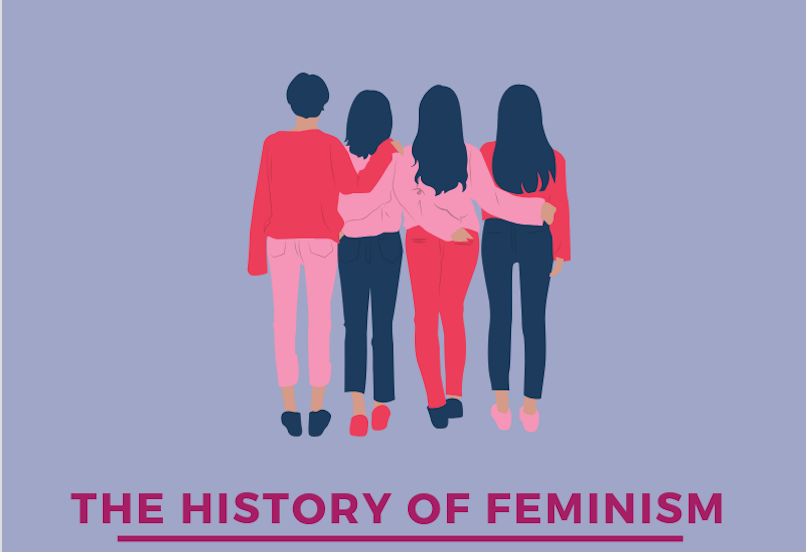The journey of feminism spans centuries, marked by a relentless pursuit of gender equality, challenging societal norms, and advocating for the rights and empowerment of women. From the courageous suffragettes of the late 19th and early 20th centuries to the multifaceted movements of the modern era, feminism has evolved into a dynamic force that continues to shape the narrative of equality and justice.
The Suffragette Movement: The roots of feminism can be traced back to the suffragette movement, a pivotal chapter in the fight for women’s rights. Emerging in the late 19th century, suffragettes campaigned tirelessly for women’s right to vote. Their activism, characterized by protests, hunger strikes, and civil disobedience, laid the foundation for future feminist movements.
- The Fight for Voting Rights: Suffragettes, such as Emmeline Pankhurst and Susan B. Anthony, played instrumental roles in securing women’s suffrage. The struggle for voting rights was not only a battle for political representation but a catalyst for broader social change.
- First-Wave Feminism: The early 20th century witnessed the emergence of first-wave feminism, focusing primarily on legal issues, including suffrage and property rights. The achievements of this wave paved the way for subsequent waves of feminism.
Second-Wave Feminism: The 1960s and 1970s marked the advent of second-wave feminism, characterized by a broader scope that encompassed issues beyond legal rights. This era addressed systemic inequalities, workplace discrimination, and reproductive rights, sparking conversations that challenged deeply ingrained gender norms.
- Reproductive Rights: Second-wave feminists advocated for reproductive rights, including access to contraception and the right to choose abortion. These discussions contributed to legal reforms and reshaped societal attitudes toward women’s autonomy over their bodies.
- Workplace Equality: The second wave also brought attention to workplace discrimination and unequal pay. Women sought to break through the glass ceiling and gain equal opportunities in professional spheres, initiating a paradigm shift in societal expectations.
Third-Wave Feminism and Beyond: The late 20th century and the 21st century witnessed the emergence of third-wave feminism, characterized by a more intersectional approach. This wave acknowledged the diverse experiences of women, considering factors such as race, sexual orientation, and socioeconomic status.
- Intersectionality: Third-wave feminists emphasized the importance of intersectionality, recognizing that women’s experiences are shaped by multiple social identities. This approach aimed to make feminism more inclusive and responsive to the diverse struggles faced by women.
- Digital Activism: The modern era has seen the rise of digital activism, with social media platforms providing a powerful tool for feminist advocacy. Movements like #MeToo have brought attention to issues of sexual harassment and assault, creating a global conversation and promoting solidarity among women.
Conclusion: The evolution of feminism reflects a dynamic and ongoing struggle for gender equality, evolving to address the changing needs and challenges faced by women across the globe. From the suffragettes’ fight for voting rights to the multifaceted approaches of modern feminism, each wave has contributed to dismantling barriers, challenging stereotypes, and reshaping societal attitudes. As feminism continues to evolve, it remains a powerful force driving progress toward a more equitable and inclusive world.










